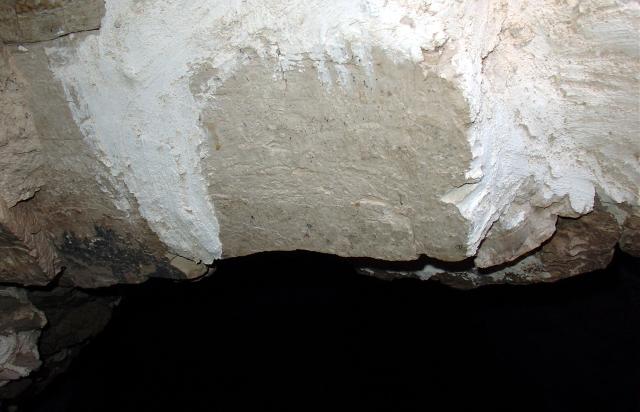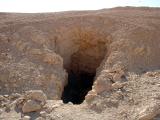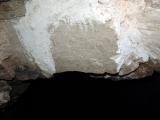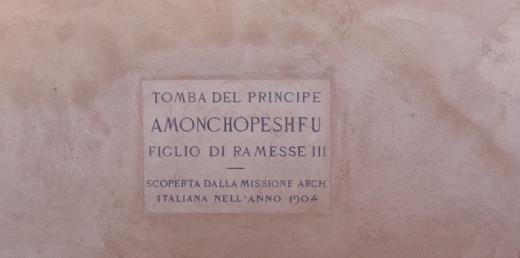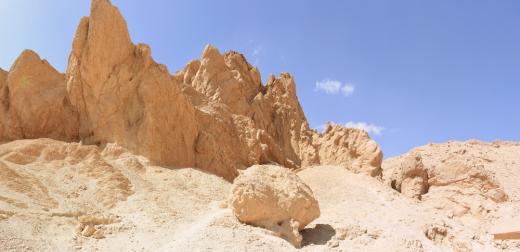QV 16
Anonymous
Entryway A
See entire tombA steep, rough Ramp that is orientated roughly north-south and leads to a small, elongated chamber.
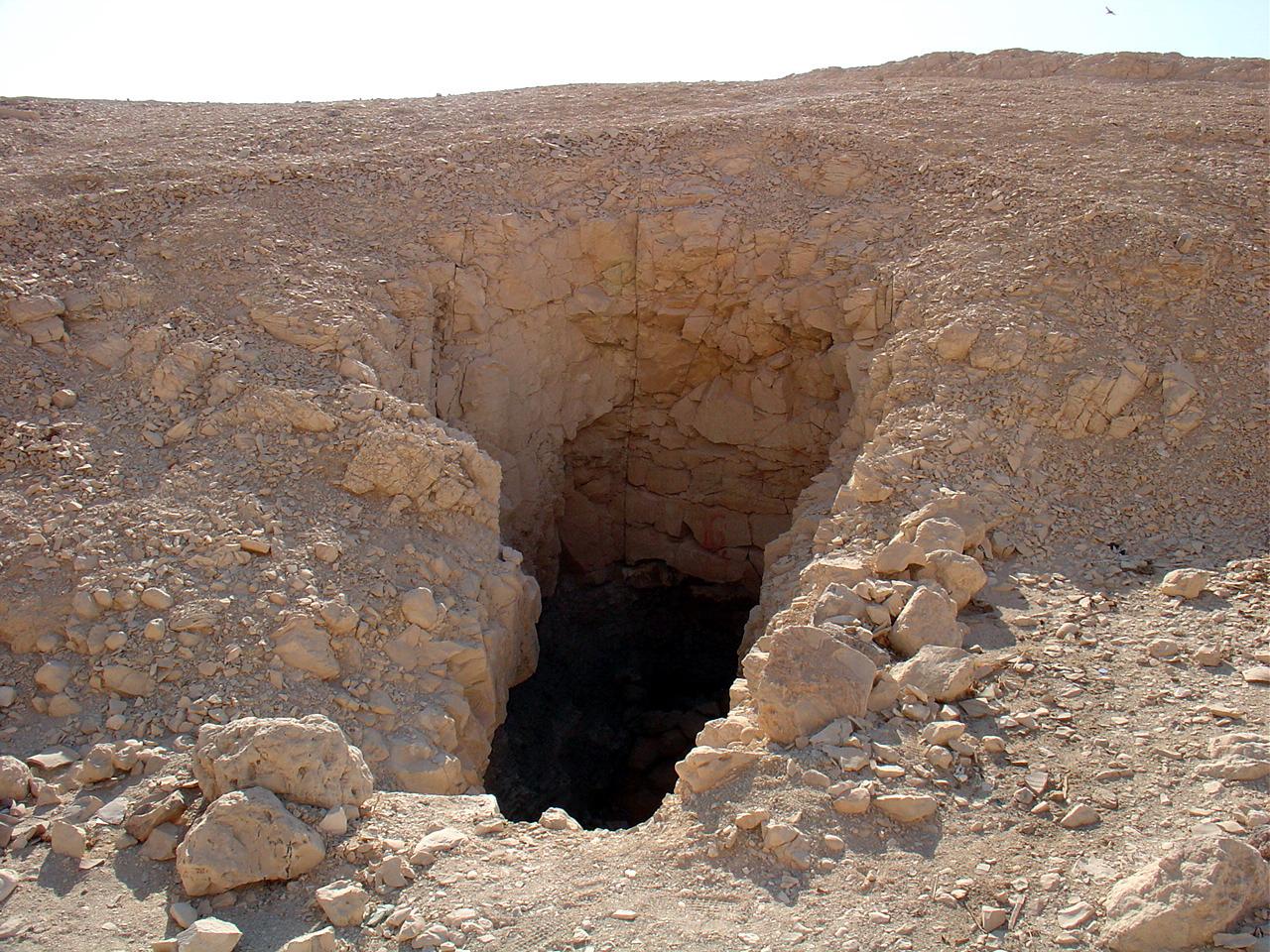
Chamber B
See entire tombLarge, undecorated chamber, perpendicular to the rough passage leading to QV 15.
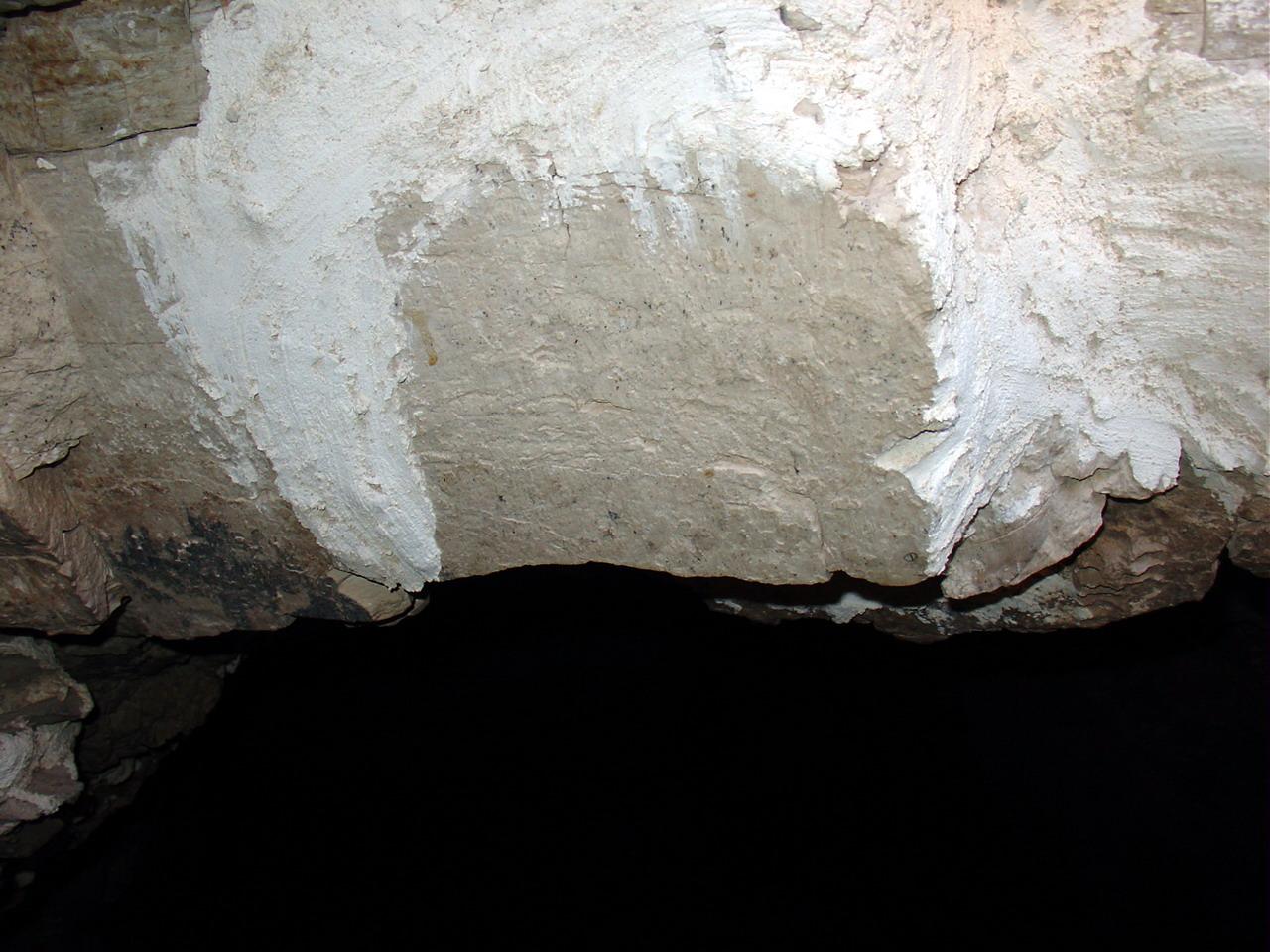
Chamber Ba
See entire tombSmall undecorated chamber, perpendicular to the passage leading to QV 15.
About
About
QV 16 lies on the south side of the main Wadi, on the upper slope of a small ridge. QV 15 and 16 are connected by a long passage, creating one large continuous subterranean space. QV 16 is the smaller of the two with two consecutive chambers (B and Ba) set perpendicularly to the connecting passage. The tomb is accessible through a steep, rough Ramp (A). The entrance does not have a modern masonry surround.
The tomb dates to the 18th Dynasty and as with other tombs from this period, is undecorated. Elizabeth Thomas (1959-60) considered both tombs to be "tandem" in their layout, indicating that consecutive chambers make up the tomb. She notes the presence of small pits 2m deep in both tombs. Thomas suggests that these tombs may have been examined by Schiaparelli (1903-1905), since the fill is more irregular than usual, with at least one apparent localized excavation. The tomb was excavated by the Franco-Egyptian Mission in 1985-86 and was last cleared by the CNRS in 2008.
Noteworthy features:
QV 15 and 16 are connected by a long passage, creating one large continuous subterranean space.
Site History
The tomb was constructed in the 18th Dynasty and based on archaeological material recovered during the Franco-Egyptian Mission's excavations, was reused during the Late Period and Roman Period.
Dating
This site was used during the following period(s):
Exploration
Conservation
Conservation History
Site Condition
According to the GCI-SCA, as evident from the exterior of QV 16, the tomb is cut into differing marl types. The entrance is cut into shale lying below a bed of highly fractured, less clay-rich marl. On the interior of the tomb, both rock types are visible. Fracturing of the ceiling and localized rock loss are evident throughout the tomb. Blackening of some of the rock surface is also present. Trash littered the chamber floor. Bat droppings are visible throughout the tomb. The inherent weakness of the rock and its susceptibility to moisture have led to rock fracturing and localized loss. Blackening of the rock surface was presumably caused by fire.

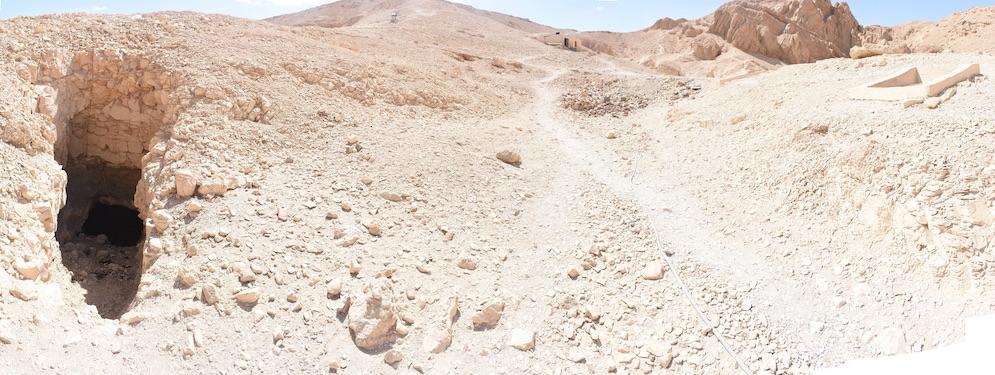


Articles
Tomb Numbering Systems in the Valley of the Queens and the Western Wadis
Geography and Geology of the Valley of the Queens and Western Wadis
Bibliography
CNRS mission report: Centre national de la recherche scientifique (France). Rapport d'activité 1987-1988 URA no. 1064, 1987-1988.
Demas, Martha and Neville Agnew (eds). Valley of the Queens. Assessment Report. Los Angeles: The Getty Conservation Institute, 2012, 2016. Two vols.
Macke, André, Christiane Macke-Ribet, Christian Leblanc, and Jacques Connan. Ta set neferou: une necropole de Thebes-Ouest et son histoire: momification, chimie des baumes, anthropologie, paléopathologie. Vol. 5. Cairo: Nubar Printing House, 2002.
Thomas, Elizabeth. The Royal Necropoleis of Thebes. Princeton: privately printed, 1966.

